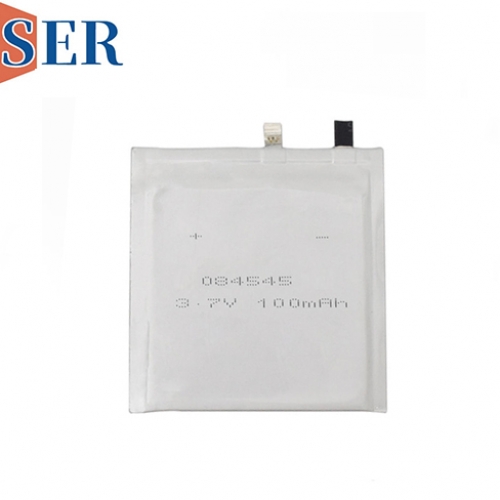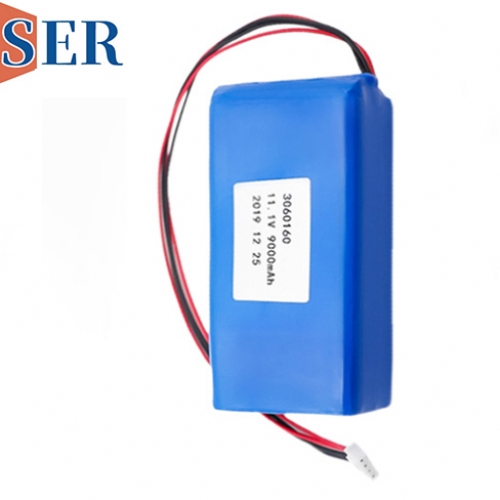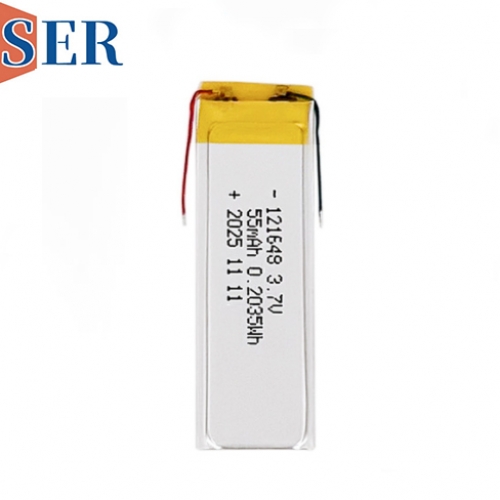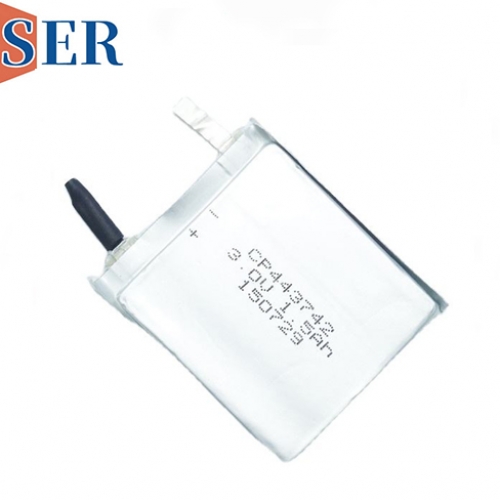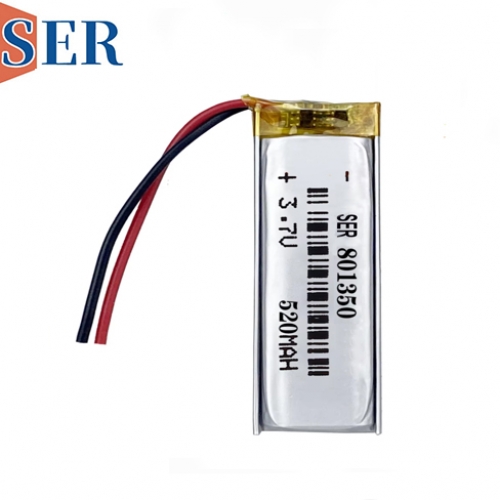Dual-Use Export License for LiSOCl₂ battery and High-Temperature LiSOCl₂ Batteries: A Comprehensive Guide to End-Use Certification and Compliance
Navigating the Dual-Use Export License for LiSOCl₂ battery and High-Temperature LiSOCl₂ Batteries: A Comprehensive Guide to End-Use Certification and Compliance
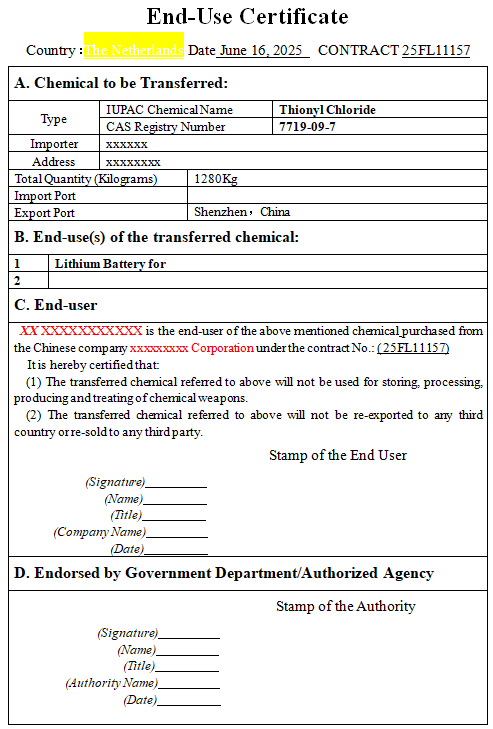
Abstract
The export of lithium thionyl chloride (LiSOCl₂) batteries, including high-temperature Li-SOCL2 battery variants, is subject to stringent controls under China’s Chemical Weapons Convention (CWC) obligations. Customs authorities mandate a Dual-Use Export License for Monitored Chemicals, requiring exporters to secure an End-Use Certificate (EUC) from foreign end-users. This certificate must explicitly prohibit the use of exported chemicals in chemical weapons activities and restrict re-exports or third-party resales. This article provides a detailed breakdown of the EUC requirements, the licensing application process, and strategic considerations for exporters to ensure compliance while maintaining operational efficiency. By analyzing regulatory frameworks, practical challenges, and best practices, it offers actionable insights for stakeholders in the LiSOCl₂ battery supply chain.
1. Introduction
Lithium thionyl chloride (LiSOCl₂) batteries and high temperature battery ( for Li-SOCL2 battery) are critical components in applications requiring high energy density, long shelf life, and extreme temperature tolerance, such as military communications, aerospace systems, and industrial sensors. However, the chemical constituents of these batteries—lithium metal and thionyl chloride (SOCl₂)—are classified as Schedule 3 chemicals under the CWC due to their potential dual-use in chemical weaponry.
In response to international non-proliferation commitments, China’s regulatory authorities—including the Ministry of Industry and Information Technology (MIIT) and the Ministry of Commerce (MOFCOM)—require exporters of LiSOCl₂ batteries (both standard and high-temperature variants) to obtain a Dual-Use Export License for Monitored Chemicals. A cornerstone of this licensing process is the End-Use Certificate (EUC), which must be issued by the foreign end-user and certified by local authorities to ensure compliance with CWC safeguards.
This article demystifies the EUC requirements, outlines the licensing application workflow, and provides practical guidance for exporters to navigate this complex regulatory landscape.
2. Regulatory Framework: CWC and China’s Implementation
2.1 The Chemical Weapons Convention (CWC) and Dual-Use Controls
The CWC, which entered into force in 1997, prohibits the development, production, stockpiling, and use of chemical weapons while regulating dual-use chemicals that could be diverted for military purposes. Schedule 3 chemicals—including lithium metal (>1 gram per battery) and thionyl chloride (used in electrolyte formulations)—are subject to export controls to prevent proliferation.
Key CWC obligations for exporters include:
End-Use Verification: Ensuring that chemicals are not diverted to prohibited activities (e.g., chemical weapon production).
Re-Export Restrictions: Preventing the onward transfer of chemicals to third countries without prior authorization.
Record-Keeping: Maintaining documentation of transactions for at least five years.
2.2 China’s Domestic Regulations
China’s regulatory regime for CWC-listed chemicals is governed by:
Regulation on the Administration of Monitored Chemicals (2011 Revision): Defines control lists, licensing procedures, and penalties for violations.
Measures for the Administration of Dual-Use Items and Technologies Export Control (2020): Specifies licensing requirements for Schedule 3 chemicals and their derivatives.
MIIT and MOFCOM Directives: Mandate EUCs for LiSOCl₂ battery exports and outline certification procedures.
3. The End-Use Certificate (EUC): Core Requirements
The EUC is a legally binding document issued by the foreign end-user to assure Chinese authorities that the exported LiSOCl₂ batteries and high temperature Li-SOCl₂ batteries will not be misused. Key elements of the EUC include:
3.1 Prohibited Activities
The EUC must explicitly state that the transferred chemicals will not be used for:
Storing, processing, producing, or treating chemical weapons: This includes any involvement in the development, manufacturing, or maintenance of prohibited agents (e.g., nerve agents, blister agents).
Re-export to third countries or resale to third parties: The end-user must commit to retaining custody of the batteries and not transferring them without Chinese government approval.
3.2 Certification and Legalization
The EUC must be:
Signed by an authorized representative of the end-user (e.g., CEO, procurement officer).
Notarized or certified by:
A local government authority (e.g., a CWC National Authority in the end-user’s country).
A public notary or embassy of the People’s Republic of China in the end-user’s country.
Submitted in Chinese or English, with an official translation if in another language.
3.3 First-Time Client Requirements
For new clients, exporters must also provide:
Company Registration Documents: Certificates of incorporation, business licenses, or equivalent proofs of legal existence.
End-User Profile: Details on the client’s industry, intended use of the batteries, and compliance history.
Letter of Intent: A formal declaration outlining the scope and duration of the business relationship.
4. Licensing Application Process
The export of LiSOCl₂ batteries and and high temperature Li-SOCl₂ batteries involves a two-stage process:
4.1 Stage 1: Pre-License Preparation
EUC Acquisition:
Request the end-user to draft the EUC, incorporating the required prohibitions and certifications.
Assist the end-user in navigating local notarization or government certification processes.
Client Due Diligence:
Screen the end-user against international sanctions lists (e.g., OFAC, EU) and Chinese export control blacklists.
Verify the end-user’s industry and intended use to ensure alignment with CWC exemptions (e.g., civilian industrial applications).
Documentation Compilation:
Gather the EUC, client registration documents, and letter of intent.
Prepare technical specifications of the batteries (e.g., lithium content, operating temperature range).
4.2 Stage 2: MIIT and MOFCOM Approvals
MIIT Review:
Compliance with CWC end-use controls.
Consistency with China’s export control policies.
Risk of diversion (e.g., via re-export or resale).
Submit the EUC and supporting documents to MIIT’s Explosion-Proof Division.
MIIT assesses:
Approval is granted in the form of a MIIT Authorization Letter, valid for 6 months.
MOFCOM License Application:
Quantity and value of batteries authorized for export.
Validity period (typically 1 year, renewable).
Conditions for re-export (if permitted).
End-user credibility (via inter-agency consultations).
Adherence to CWC thresholds (e.g., lithium quantity per battery).
Compliance with Chinese foreign trade policies.
Submit the MIIT Authorization Letter, commercial invoice, contract, and freight documentation to MOFCOM’s Service Center for Export Control.
MOFCOM verifies:
Upon approval, MOFCOM issues the Dual-Use Export License, specifying:
5. Key Documentary Requirements
End-Use Certificate (EUC) | Verifies non-proliferation compliance and restricts re-exports. |
MIIT Authorization Letter | Confirms pre-approval from the regulatory authority. |
Client Registration Documents | Establishes the end-user’s legal existence and credibility. |
Technical Specifications | Ensures compliance with CWC thresholds (e.g., lithium content). |
Commercial Invoice/Contract | Details the transaction terms and end-user identity. |
6. Strategic Considerations for Exporters
6.1 Proactive Client Engagement
EUC Templates: Provide standardized EUC templates to end-users to reduce drafting errors.
Certification Support: Guide end-users through local notarization or government certification processes.
Compliance Training: Educate clients on CWC obligations and red flags for diversion.
6.2 Risk Mitigation
Sanctions Screening: Use tools like World-Check or Dow Jones Risk & Compliance to vet end-users.
Contractual Safeguards: Include clauses in sales contracts allowing audits of end-use compliance.
Insurance Coverage: Obtain political risk insurance to protect against non-payment due to regulatory delays.
6.3 Operational Efficiency
Batch Applications: Submit multiple EUCs and license applications simultaneously for recurring clients.
Digital Submissions: Leverage MOFCOM’s online portal for faster processing.
Buffer Timelines: Plan for 2–3 months of regulatory review to avoid shipment delays.
7. Challenges and Solutions
7.1 End-User Resistance to Certification
Challenge: Foreign entities may resist providing EUCs due to bureaucratic hurdles or concerns about data privacy.
Solution: Offer to draft the EUC on their behalf, highlighting its role in ensuring legal compliance. Emphasize that certification is a standard international practice.
7.2 Regulatory Ambiguity
Challenge: Interpreting CWC thresholds for complex battery designs (e.g., multi-cell configurations).
Solution: Seek clarifications from MIIT or engage legal counsel with CWC expertise. Conduct self-audits to ensure lithium content per battery stays below Schedule 3 limits.
7.3 Processing Delays
Challenge: MIIT and MOFCOM reviews may coincide with peak export seasons, causing bottlenecks.
Solution: Submit applications during low-volume periods (e.g., Q1) and prioritize critical shipments.
8. Future Trends and Compliance Evolution
8.1 Technological Advancements and Regulatory Scrutiny
As battery technologies evolve (e.g., solid-state LiSOCl₂ variants), regulators may:
Expand Control Lists: Include new chemistries under CWC oversight.
Enhance Monitoring: Deploy blockchain or IoT tools to track battery movements post-export.
8.2 Geopolitical Shifts
Tensions between China and Western nations may lead to:
Stricter End-Use Verification: Increased scrutiny of end-users in sanctioned jurisdictions.
Bilateral Agreements: New pacts requiring mutual recognition of export controls.
8.3 Sustainability and Ethical Sourcing
Global trends toward ethical supply chains may prompt:
Due Diligence on Raw Materials: Ensuring lithium and thionyl chloride suppliers adhere to environmental and labor standards.
Circular Economy Initiatives: Regulating battery recycling to prevent chemical diversion.
9. Conclusion
The export of LiSOCl₂ and high-temperature LiSOCl₂ batteries under China’s CWC regime demands meticulous compliance with end-use certification and licensing requirements. By prioritizing proactive client engagement, robust risk mitigation, and operational agility, exporters can navigate regulatory complexities while sustaining global market access. As the regulatory landscape evolves, stakeholders must remain vigilant, investing in compliance infrastructure and fostering collaboration across the supply chain.

